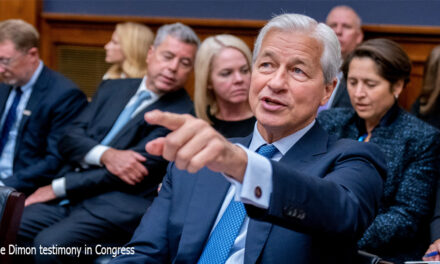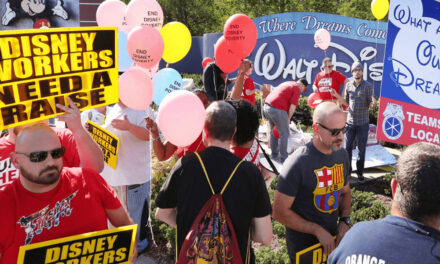Something is brewing at one of the world’s leading specialty coffee chains – and it’s getting to be quite a bitter brew.
In recent weeks, Starbucks has been actively fighting off employee efforts to unionize, which is seen as ironic in a company that claims to be both open-minded and progressive.
But experts feel that this is the skewed effect of the chain’s success under the leadership of Howard Schultz.
“The Best Place to Work in America”
Thanks to Schultz, Starbucks has grown to become one of the most desirable workplaces in the United States. Employees enjoy higher wages than those in other food and beverage companies, as well as stock options for both full-time and part-time workers, comprehensive health care, and even free tuition for those working their way through college.
As a result, Starbucks now has a more educated and cared-for workforce than the average restaurant or bar and experiences less employee turnover. Indeed, recent information shows that the company’s turnover rate is a mere 65% compared to other quick service restaurants (QSRs) where it could go as high as 400%.
But giving employees these benefits has become a double-edged sword for the company. Indeed, the fact that Starbucks employees are more deeply engaged than most in their work means that they are more willing to demand changes in the workplace instead of resigning or just quitting when things go south.
Going Back on Its Word
However, the pandemic years have led to some serious changes for Starbucks, and not all of them have been to its employees’ collective benefit.
Chris Chafe, a strategic advisor for the campaign to unionize as many of the chain’s 9,000 stores as possible, admits that while people love working at Starbucks, thanks to its inclusive environment, the company has turned its back on several of the best practices it had before 2020. Chafe adds that Starbucks employees are unwilling to be mistreated by a company that, before the pandemic, looked after them in the best way possible.
Indeed, the pandemic made working at Starbucks an incredibly stressful situation. Supply shortages meant that employees weren’t sure what they would be working with, while anti-COVID protocols led to the closure of numerous stores. While pay rates were hiked for those who worked throughout the past couple of years, employees were shocked when the company announced that it was cutting down everyone’s paychecks and benefits when the general reopening of the economy occurred.
Currently, only 210 of Starbucks’ 9,000-strong US chain has been unionized under Starbucks Workers United, but discussions are already underway for 75 more stores.
However, this is an issue that Schultz is turning his back on as he is leaving the company by early next year. It would be up to incoming CEO Laxman Narasimhan to discuss things with employees when he takes over in April 2023.















